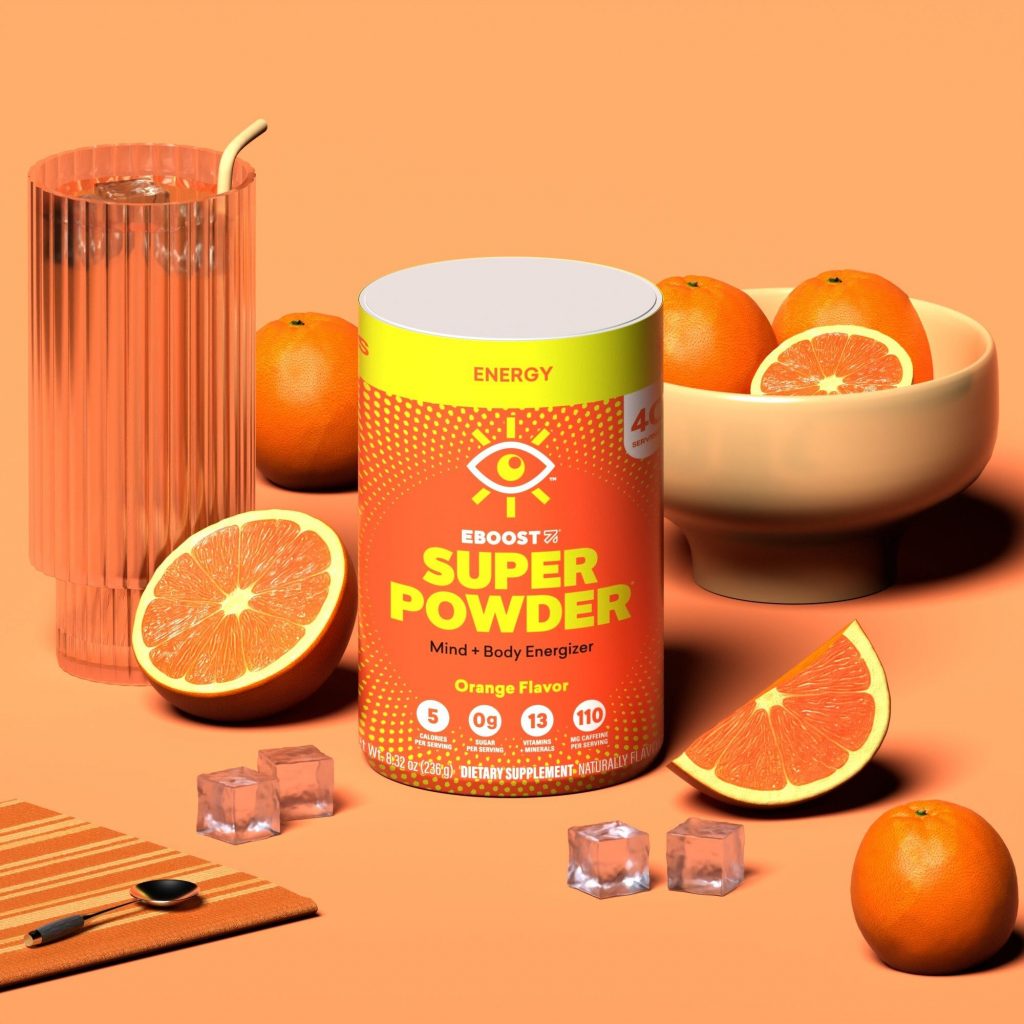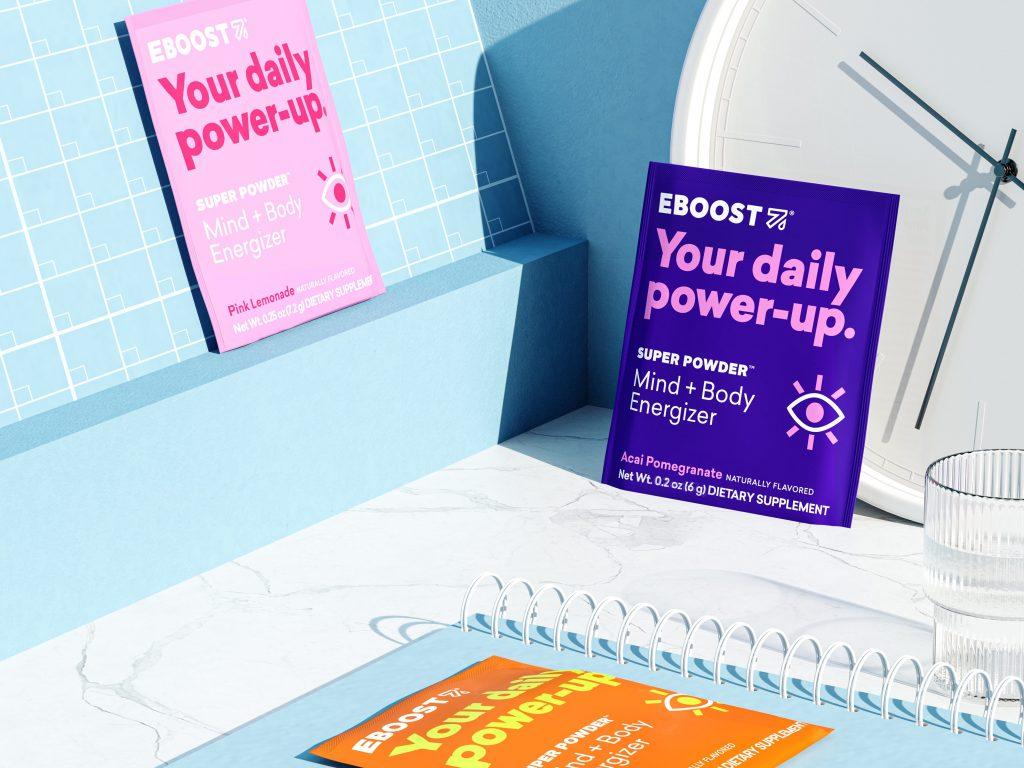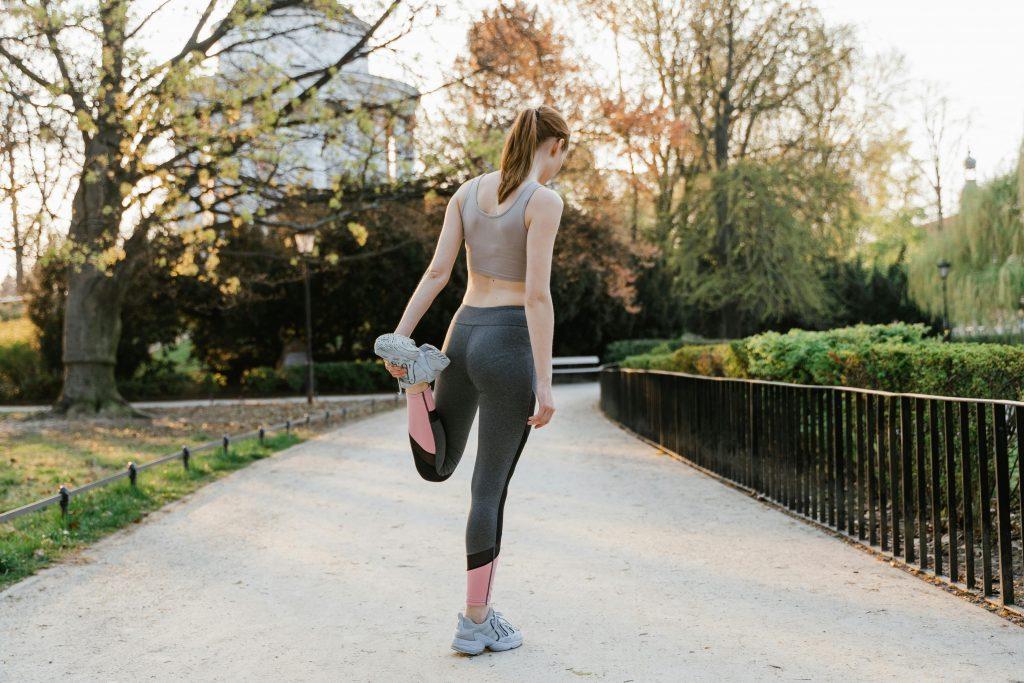Take it away Byrdie!
Over the past several months, we’ve noticed an undeniable, overarching shift in the realm of wellness. For starters, we’ve really begun to internalize the idea that true health is as much about the mind as it is the body—something underscored by the rise of meditation in the mainstream West, sure, but less obviously by the fact that mood-killing juice cleanses and never-ending treadmill sessions are, at long last, falling out of vogue.
But even though we applauded when meditation began to go mainstream a couple of years ago, the irony is that at first, it felt nearly as oppressive and unsustainable as a fad diet. We were told constantly that if we just sat down for a few minutes and turned our minds off, we could kiss many of our worldly problems goodbye—something easier said than done for those of us who are fidgety by nature. While exercising the mind in addition to the body is certainly an important notion, we were still being told to subscribe to one single strategy to find wellness nirvana. How does this make sense when we’re all so fundamentally different?
But this fatal flaw has given way to a new dimension of wellness: In 2017, self-care will be the umbrella term to live by. If it seems ambiguous or abstract, that’s kind of the point—self-care is whatever you want it to be. By definition, self-care recognizes that health is a highly personal endeavor, especially if we wish to sustain it. And that means exploring self-serving practices that make you feel happy and physically fit. Most importantly, self-care is all about the process—not some idealized goal.
The beauty of self-care’s ascension into the mainstream is that our wellness-obsessed culture has already built an expansive bedrock of options to choose from. Beyond the vast array of quirky fitness classes for all moods and preferences (all accessible by ClassPass, no less), alternative healing methods ranging from Ayurveda to acupuncture have steadily migrated west. Sitting down quietly is no longer the only acceptable form of meditation. Adding pinches of Chinese herbs to our morning coffee is poised to become the new norm. Scrutinizing the ingredients of our beauty products is just as much a pursuit of health as eating a bowl of kale. In short, wellness is just as multifaceted as we are—leaving us to decide what to prioritize in accordance with our lifestyle and personal preferences.
Once you start nailing down the practices that work for you, the idea is that you’ll actually want to stick with them—they’ll be rituals to return to in times of mental or bodily stress. Throw out a couple of bad habits along the way, and you’ve completed the self-care equation:
The options are virtually endless, so it’s understandable if you’re unsure where to begin. To get inspired, keep scrolling for some easy ideas on how to practice self-care.
Invest in ONE fitness-geared activity that you actually like.
Yoga? Dancing? Walking your dog around the neighborhood? As long as it gets you moving in some capacity, the specifics are totally up to you. On the flip side, if you dread going to bootcamp class before work every day, then stop—it’s not actually serving you if it’s making you miserable.
Start writing things down.
Again, the specifics are your call: It could be straight journaling, or if you’re analytical by nature, then maybe you’d rather jot down some lists. If you’re looking to release some creative energy, you might try poetry or personal essays. The point is just to get your thoughts down in some way, which can be remarkably therapeutic—by separating them from your mind, you just might give yourself some perspective you didn’t know you needed.
Make your home a haven.
There’s a reason the Danish concept of hygge is rapidly gaining popularity outside Scandinavia: It’s essentially about creating a cozy, warm atmosphere—particularly during the winter months—and people are beginning to recognize this important layer of self-care. It’s much easier to leave stress at the door when you step into an environment built for relaxation, so keep clutter to a minimum, light a candle or some incense, and have a stack of your favorite books at the ready. And most importantly, never, ever feel guilty for hibernating at home.
Begin observing how different foods make your body feel.
It’s difficult to sustain something when you feel as if you have no choice, and therein lies the problem with dieting. The difference with this strategy is not just that it’s more low-pressure, but that you also have complete agency over what you can or can’t eat—instead, you’ll just focus on how your current eating habits affect you. Perhaps you’ll realize that your favorite noodle bowl makes you sluggish, and you might delegate that to an occasional treat. And it doesn’t have to be negative: On the flip side, you could come to the conclusion that a bowl of oatmeal gives you enough energy to power through your day.
Experiment with adaptogenic herbs.
We have a distinct feeling that adaptogen will become a major buzzword this year, but it’s for good reason: This special class of herbs is scientifically proven to help your body adapt to stress by regulating cortisol, aka your flight-or-fight hormone. (Cortisol is also responsible for hunger pangs.)
The really cool thing about adaptogens is that they help your body (and brain) return to an ideal state: Studies show that they simultaneously boost energy and focus while dialing down stress. Speaking from experience, that’s ideal for the 3 p.m. slump—which is why sipping tea with a pinch of Sun Potion’s Mucuna Pruriens ($37) has become something of an afternoon ritual for Team Byrdie. Other adaptogens include ginseng, rhodiola, licorice root, holy basil, and reishi mushroom.
Try one “out-there” wellness activity that you haven’t before.
Pinterest search trends show that people are more interested than ever in alternative healing modales like acupuncture, reiki, and crystal healing, illustrating the fact that we’re seeking out more methods of self-care than ever. While not all of these are backed by research (though some like acupuncture are), many find them beneficial, and the only way to find out what works for you is to explore and experiment. At the very least, it’s a way to check in with yourself—whether that’s via a salt bath, an infrared sauna, or cupping is up to you.
Instead of ditching all your bad habits cold-turkey, start with just one or two.
Sad fact: Statistics show that 25% of people give up on their New Year’s resolutions after just one week. That’s because our culture teaches us that now is the time for a total lifestyle overhaul when, frankly, asking yourself to give up all your vices at once is just unreasonable. Instead, consider starting with onesmallish habit you’d like to break—ordering takeout several nights a week, maybe, or your nightly glass of wine. Not only is this more sustainable, but also, you might just realize how big of a difference minimal adjustments can make.
Try scheduling weekly digital detoxes.
I’ve come to the conclusion that try as I might, I’m never going to give up my screentime before bed. I’ve thus made a little compromise with myself: Every Sunday afternoon (schedule permitting), I turn off my phone and computer for a few hours, and since I’m unplugged from the rest of the world, I take that time to write, paint, or do anything else for myself. I now look forward to this “me” time every single week, and I feel totally refreshed when I plug back in.
Get outside daily, even if just for 10 minutes.
This is especially crucial during this time of year, when many of us are vulnerable to seasonal affective disorder. Even if it’s just a quick stroll during your lunch hour, taking the time to soak up some vitamin D will do wonders for your mood and energy.
Start reading the labels of your beauty products.
We’ve said it before and we’ll say it again: Since our skin absorbs so much, it makes zero sense to focus on what you’re putting in your body while ignoring what you put on it. Fortunately, more beauty brands than ever are focused on crafting formulas free of harmful synthetics and toxins, but a lot of it is still up to you. Start reading the sides of your products as you would a nutritional label—it might seem overwhelming to parse through chemical names, but there are only a few that you really need to look out for. If you want to take this resolution to the next level, you might consider transitioning to a natural routine—also easier than you’d think.
Purposefully choose who you hang out with.
Don’t underestimate this crucial category of self-care—studies show that hanging out with the wrong people can actually make you physically ill, proving that the term toxic friend is more literal than scientists previously thought. It’s simply a matter of prioritizing the people you know make you feel good about yourself.
Drink more water and get enough sleep—because yes, they really do make a huge difference.
Don’t roll your eyes, because it’s true. And also because they’re both free.
Check out more New Year’s resolution inspiration, and tell us: How do you plan to adopt self-care in 2017?




